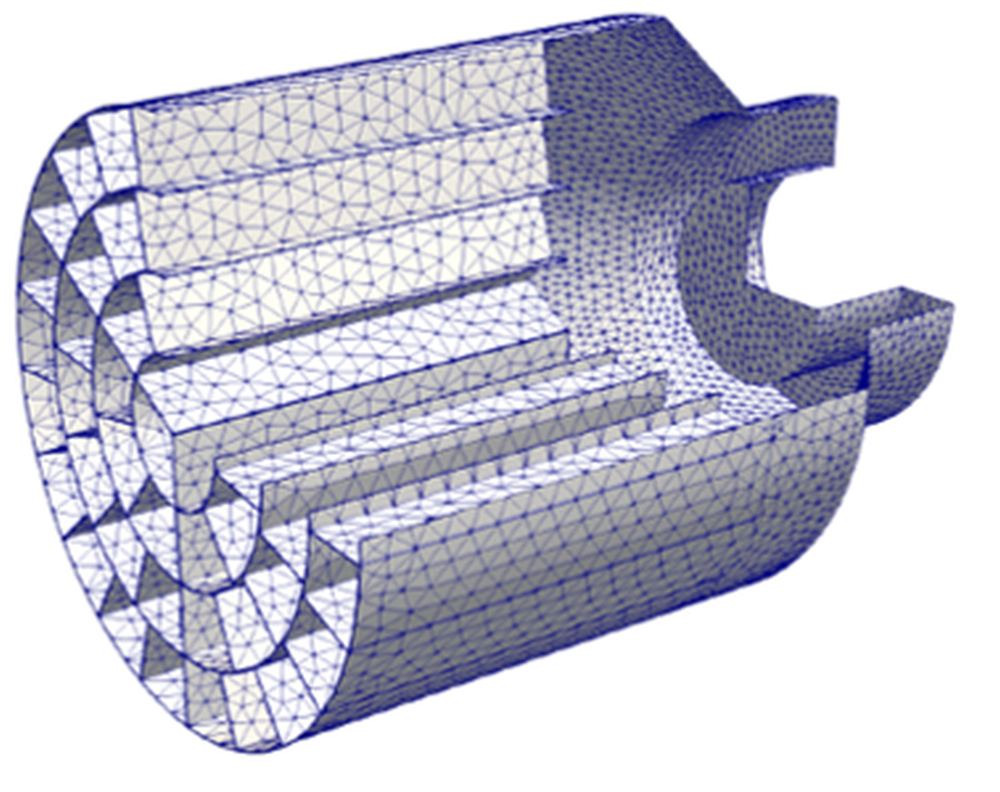Tau.Neutrino said:
This is What an Air-Breathing Electric Thruster’s Intake Would Look Like
Like all other technologies, satellite technology has grown in leaps and bounds in the past couple decades. Satellites can monitor Earth in increasingly high resolutions, aiding everything from storm forecasting, to climate change monitoring, to predicting crop harvests. But there’s one thing still holding satellites back: altitude.
more…
This is not what I was expecting. This is a practical adaption of the fictional Bussard Ramscoop. It is ingesting air at a massive 7.8 km/s, and accelerating it. This is high hypersonic.
Most satellites do not orbit closer to Earth than about 300 km. The closer a satellite is to Earth, the denser the atmospheric gases are. Placing a satellite in a low altitude means its orbit will decay quicker because of the drag. The Hubble, for example, orbits at about 540 km (336 mi.) The International Space Station orbits between 330 km and 410 km, but it has engines to boost its orbit. GOCE carried 40kg of xenon as propellant.
This new system doesn’t need xenon. It uses the thin oxygen in the upper atmosphere as fuel for its ion thruster, and that innovation could add years to the lives of lower-altitude satellites.
